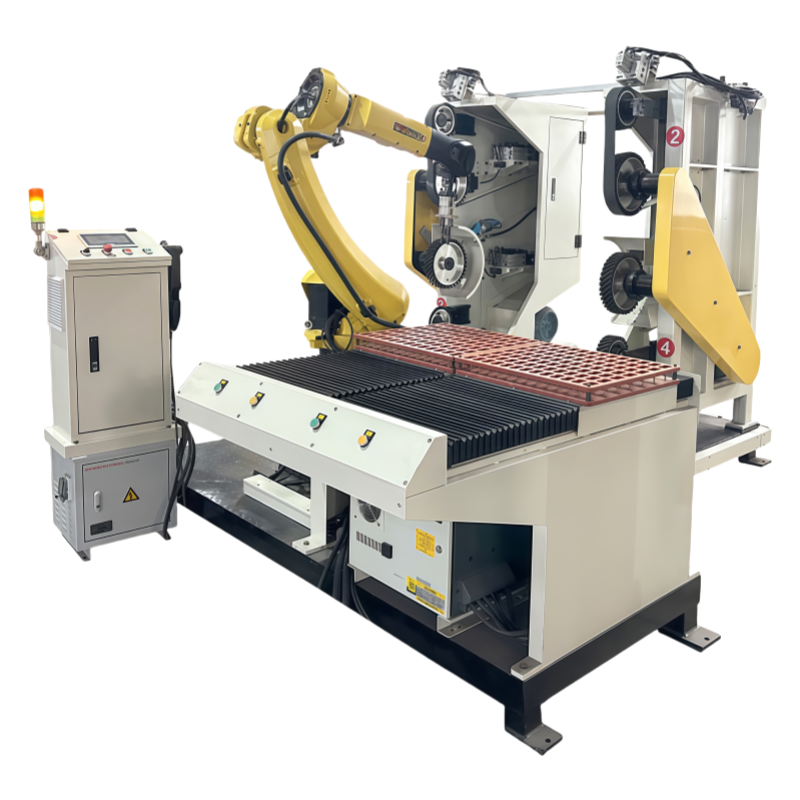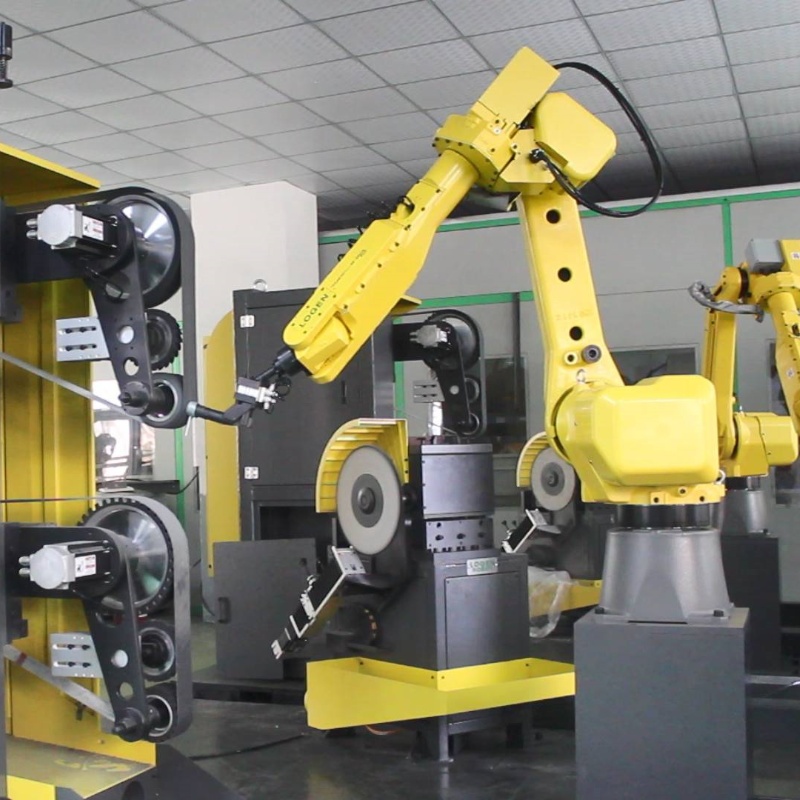Trim-the levers or knobs used to operate the locks.
Pushbutton– push/turn button on the inside trim to lock or unlock the outside trim.
Rose– the decorate or protective plate, either a disk, oval or square, placed behind the trim of a lockset.
Cylinder– the part of a lock that receives the key, this is located inside the lever or knob. When the correct key is inserted the matching keyway the pins in the tumbler mechanism algin allowing the key to turn.
Latchbolt -the component of a lock which projects from the lock front and has a beveled end. The bolt is spring loaded but can be drawn back by operating the lock trim. When the door is closed, the latchbolt projects into a hole in the strike, which holds the door in a closed position.
Latchbolt assembly-the assembly that houses the latchbolt and connects it to the lock.
Lock Chassis-the part that encloses the body of the lock.
Thru bolts-mounting post that help align both sides of the lock and secure the lock to the door.
Deadlatching Feature– the auxiliary deadlatch portion of a two-piece latchbolt. When the door is closed, the deadlatch portion is pressed against the strike, and prevents the latchbolt from being pushed in by end pressure. Latchbolts with this feature (normally lockable functions) are called Deadlocking Latchbolts.
Strike– a metal plate mounted to the door frame, or inactive leaf of a pair of doors, to receive the projected bolt or latch of a lock.









